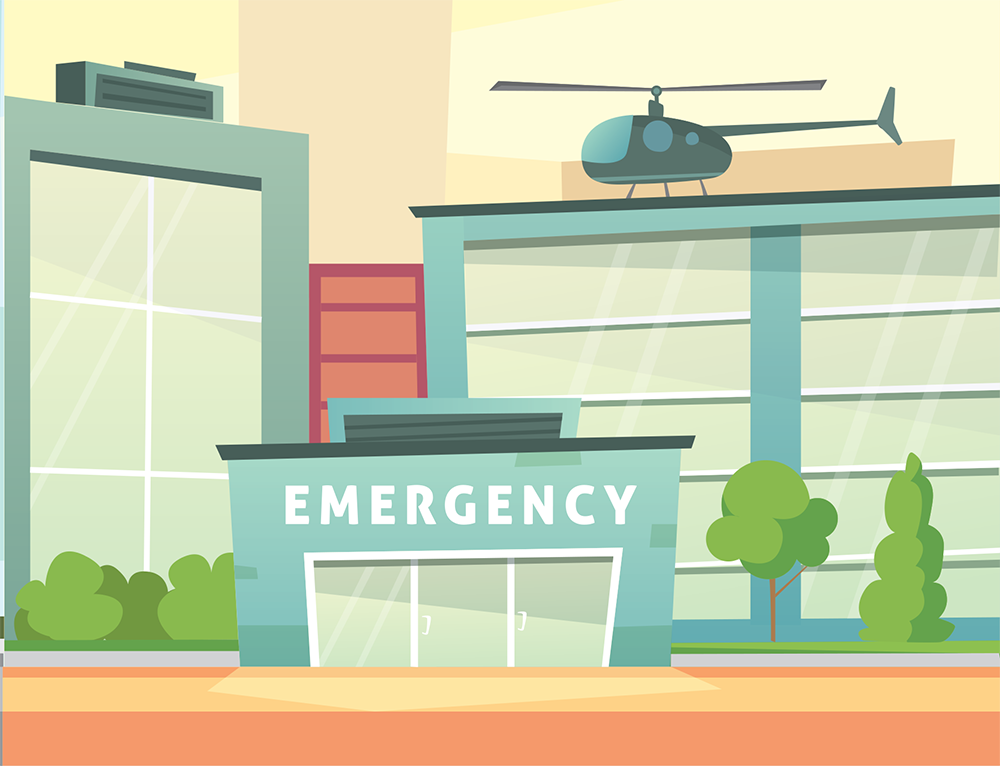
September is National Preparedness Month, and there is no better time to put a disaster preparedness plan in place for your hospital.
With a well-considered plan, you will be able to tackle problems before they even strike. And although creating a preparedness plan may seem overwhelming, with the right tools and resources, you’ll be able to quickly develop a much clearer understanding of the dangers that can threaten your facility during a crisis.
Steps For Creating Your Preparedness Plan
- Before you can determine what tools and resources you will need going forward, you should first perform a gap analysis of the resources you already have. The “gap” refers to the difference between the total resource requirements — which is affected by patient numbers and health needs — and the resources that are available. This step allows you to better determine the amount of resources needed to treat the approximate number of patients at your facility and ensure that adequate supplies and systems are in place to accommodate patient surges.
- In order to plan for a variety of disasters, you must also identify the types of disasters which are the most likely to occur in your facility. Four of the most common natural disasters that affect hospitals include earthquakes, floods, hurricanes and tornadoes, all disasters which can severely impact hospital structures, leaving patients vulnerable to the elements. The Federal Emergency Management Agency’s (FEMA) National Risk Index provides a comprehensive outline of natural hazards at the local and community level and resulting social and financial vulnerabilities.
Recent hurricanes in 2021, for instance, forced some hospitals to adjust their treatment plans and physical setups to accommodate the adverse weather conditions. Likewise, the influx of COVID-19 patients has led to extreme measures, such as creating outdoor treatment areas at some hospitals across the country.
- Your plan shouldn’t just focus on acquiring new equipment, but also performing regularly scheduled tests of existing emergency communications systems and equipment in your facility. This should include performing drills, or operation-based exercises, to carry out the elements of your disaster plan using all the tools at your disposal. Functional and full-scale exercises can be implemented to test the coordination and reaction time of first responders in simulated disaster scenarios.
Having the Right Devices on Hand
It’s not enough to have a lot of equipment — medical personnel in your hospital should be equipped with fast-acting, reliable and versatile devices at all times. For example, if a COVID-19 patient needs intubation in order to be put on a ventilator, efficient suction is needed to remove harmful particles, fluids and blockages, prior to the procedure.
SSCOR’s DCell Suction device, which is specifically designed for disaster preparedness, is the first and only full-sized portable suction device. It can be used to accommodate most standard hospital suction canisters, and it’s able to run for six to nine hours on alkaline D-Cell batteries. With only a 60-second battery change, it’s able to provide another six to nine hours of medical vacuum power. Because many emergencies result in a partial or total loss of power, the long battery life of this device is critical for ensuring that medical personnel can clear patients’ airways during disaster scenarios.
Disaster preparedness is an ongoing project, and one that you must remain committed to evaluating and improving on a regular basis. As hospital environments and patient conditions continue to change and evolve, so should your disaster preparedness plan. For more information on how you can prepare your hospital for possible disasters, be sure to reference our gap analysis guide here.













